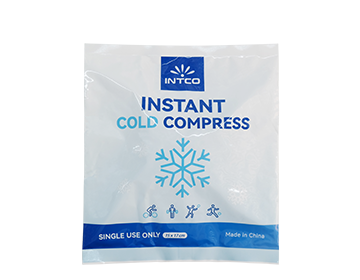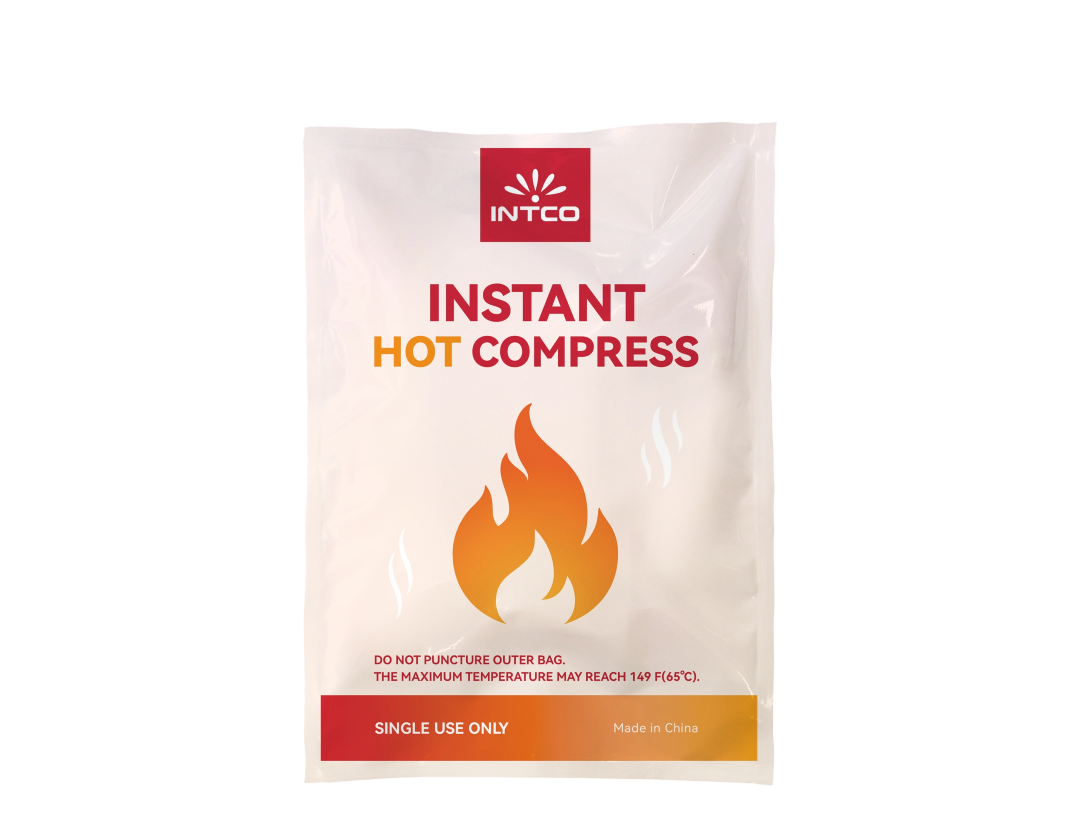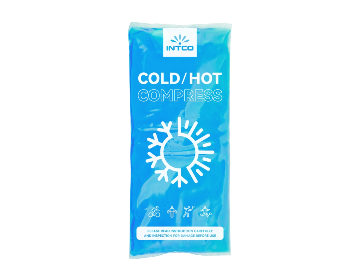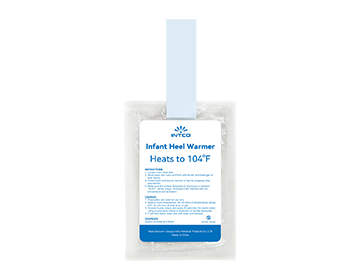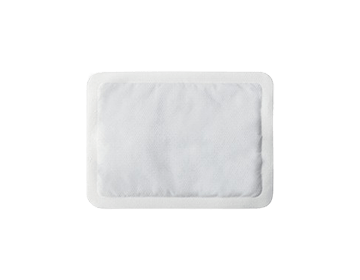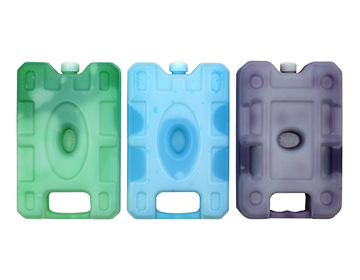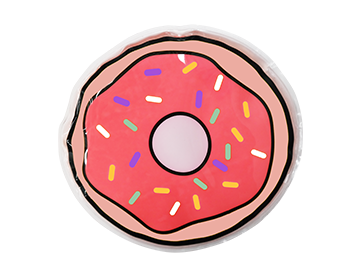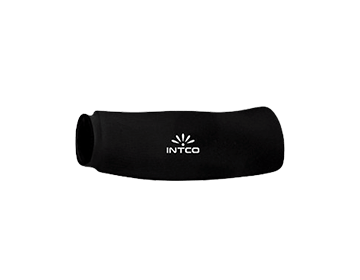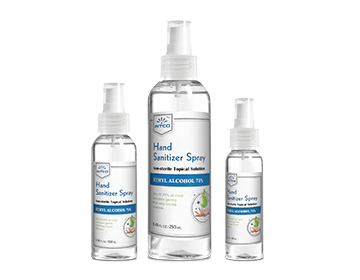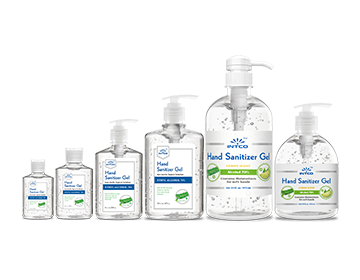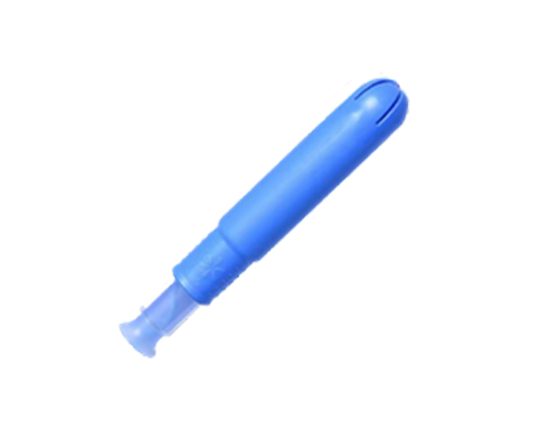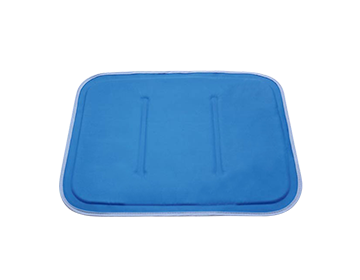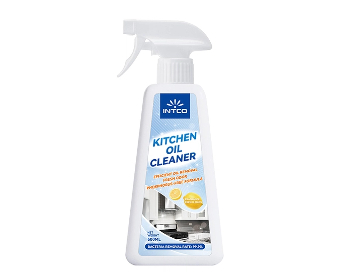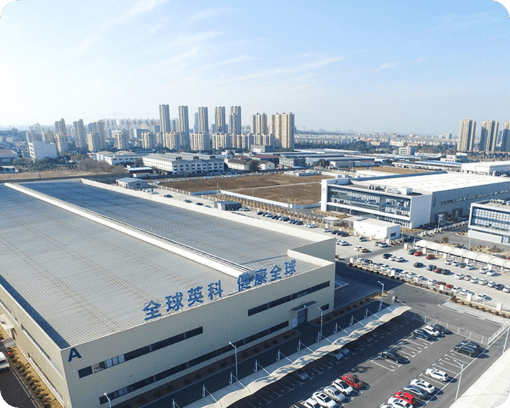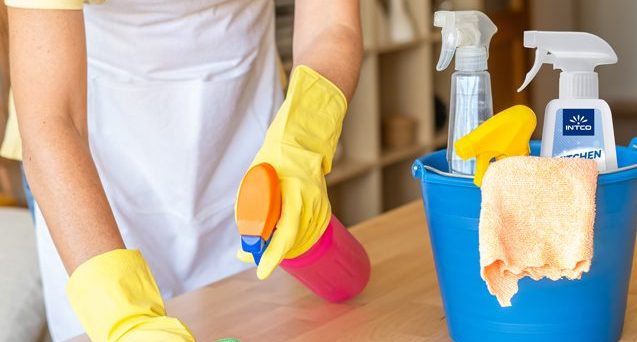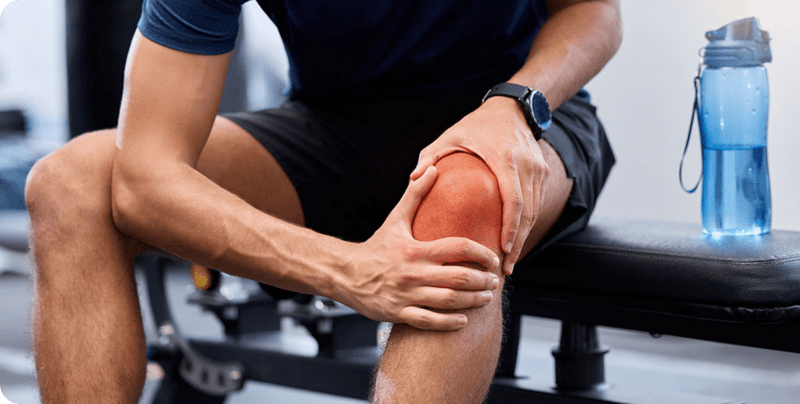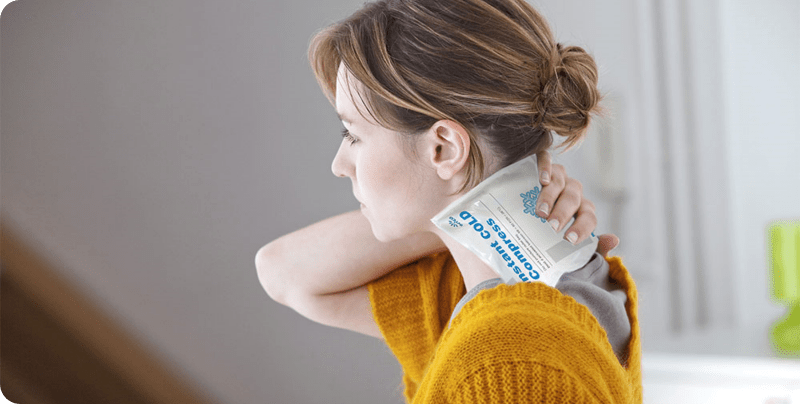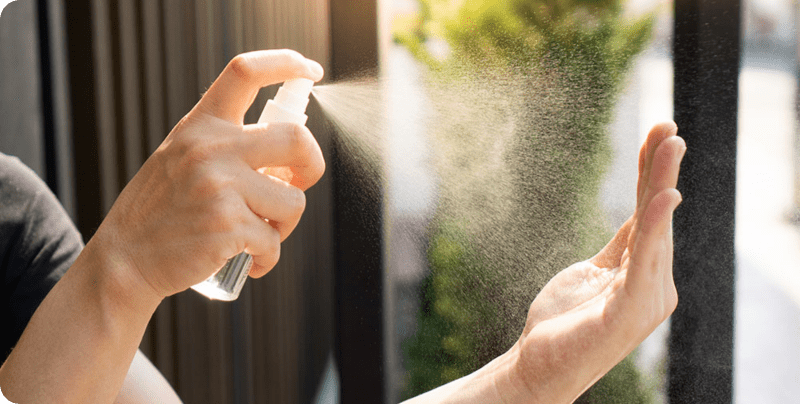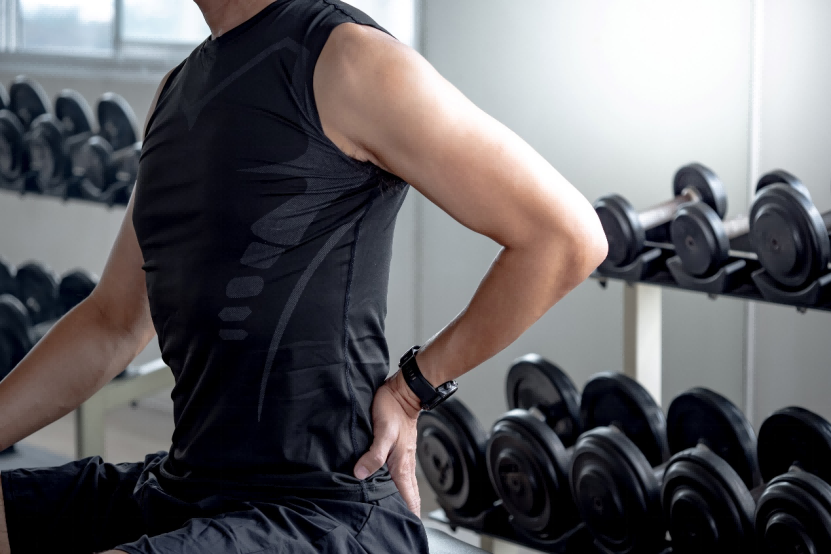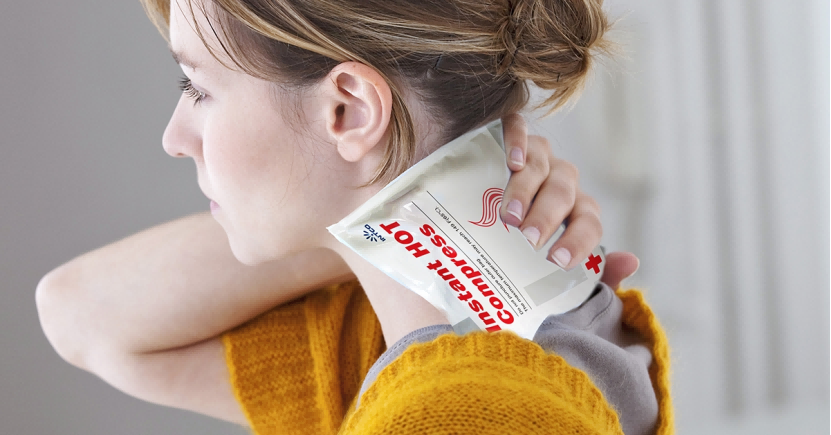Hot Therapy for Muscle Strains: When to Use and How to Apply
Muscle strains can quickly spoil your day—whether due to a rigorous exercise, a sports injury, or even a reckless movement. A quick relief is necessary for a quick recovery, and heat therapy has been an effective remedy for muscle strains and injuries. Aside from relieving pain, heat treatment can also prevent damage before body exercises. The article describes in detail the way heat therapy works, when and how to apply it, including the application of hot therapy packs and reusable hot packs.
Understanding Muscle Strains
Definition and Causes
Muscle pull occurs when muscle fibers are stretched or pulled due to overuse, sudden movement, or direct impact. Injuries due to this kind of injury occur primarily as a result of training or activity that stretches muscles beyond their range of motion.
Symptoms and Early Identification
Common symptoms of muscle strain include pain, swelling, stiffness, and limited range of motion. Recognizing these signs early is crucial for effective treatment and preventing further damage.
How Heat Therapy Works for Muscle Strains
Physiological Effects
Heat therapy accomplishes this by increasing the temperature of damaged tissue, which opens up blood vessels. When blood vessels are open, greater blood supply occurs, resulting in oxygen and necessary nutrients to injury tissue.
Healing Benefits
Increased blood flow not only promotes healing but also rinses away the tissue waste products and toxins of the tissue out of the tissue, thus decreasing the inflammation. Heat also relaxes and increases the contracting muscle fibers, alleviates spasm, and abolishes the perception of pain.
When to Use Heat Therapy
Correct Uses
Heat therapy may be employed to relieve muscle aching after exercise, long-term pain syndromes such as arthritis or chronic back pain, and muscle stiffness through improved flexibility. It is ideally employed once the injury has passed its acute phase.
Situations to Avoid Heat Therapy
Heat is to be avoided at all times where there is swelling and inflammation in the involved area because heat exacerbates the condition. Heat must also be avoided 72 hours after an injury period where cold therapy would be more advisable to fight off inflammation. Serious strains must also be professionally evaluated prior to applying heat therapy.
Methods of Applying Instant Heat Therapy Packs for Muscle Strains
While there are several ways that heat therapy may be applied, the instant hot pack is an accessible and mobile solution for finding relief on-the-go. This is how one should use them for muscle sprain:
Moist Heat Vs. Dry Heat
Although conventional heat therapy separates moist heat (warm bath, steamed towel, hot compress gel pack) from dry heat (heating pad, microwaveable heat pack), instant hot packs usually deliver dry heat. INTCO Medical provides instant hot packs delivering physical warmth to promote blood flow. Disposable external self-heating packs requiring no additional heat are these.
Warm Compress Application with Instant Heat Compresses
Instant heat packs can also be utilized to complete a like function as warm compresses. Place the instant heat pack on the aching area for 15 to 20 minutes. The instant warmer is designed to promote blood flow. This can be done several times a day for ongoing relief.
Duration and Frequency with Single-Use Hot Packs
For optimal benefit, single-use hot packs are to be applied normally 15 to 20 minutes at a time with the skin allowed adequate time to cool between applications. In cases of moderate to severe pain, longer treatments like a 30-minute to two-hour soaking bath are sometimes administered. When using instant hot packs, consistency and comfort should be the main concerns by ensuring that every application not last more than 20 minutes, with a maximum of three sessions in a day.
Safety Measures for Heat Treatment When Using Emergency Heat Packs
Safety should be the number one concern when using heat treatment. The following are some of the most critical concerns to make when using emergency heat packs:
Prevention of Injury and Burns: Place a barrier at all times between the fast heat pack and your skin to prevent burns.
Heat: Ensure that the heat is warm, but not hot.
Care of the Skin: Furthermore, one also needs to be careful for irritation or allergic contact on the skin while using it.
Role of Gel Packs in Heat Therapy
Dual Use of Gel Packs
Gel packs are a very convenient aid that can be used in the use of hot or cold therapy. They relieve pain effectively when heated by delivering continuous heat over the affected area. They relieve initial inflammation when cooled.
How to Properly Heat a Gel Pack
To warm a gel pack, use 600W in your microwave and put the pack flat on the turntable. Warm it for 20 seconds and take it out slowly with an oven glove or towel. Gradually compress the pack slowly to let the heat spread evenly, and if necessary, reheat it for 10 to 20 seconds. Cover the pack with a towel at all times when applying it on your body to prevent burns.
Use of Reusable Gel Bead Packs and Alternating Therapies Combination
Benefits of Using Reusable Gel Bead Packs
Reusable gel bead packs are a reusable heat therapy application. Therapies like those of INTCO Medical warm and cool and allow you to customize the treatment to your requirements.
Alternating Heat and Cold Therapy
Alternating heat and cold therapy is a causative agent. Cold therapy reduces inflammation and blood flow, and heat therapy causes increased flow with the delivery of nutrients. The combination is effective in osteoarthritis or sports injury.
Instant Hot Packs and Professional Evaluation
Convenience of Instant Hot Packs
For patients requiring immediate relief or portability, instant hot packs and self-heating packs are a suitable solution. These disposable hot packs require no external heat and are easy to use during travel or for on-the-go use.
Significance of Medical Advice
While heat treatment is a great do-it-yourself device, it should not be replaced by professional medical advice. If you have a severe muscle strain, extreme pain, or experience a clear popping feeling when hurt, seek the advice of a medical professional for evaluation. Ongoing pain in spite of home treatment may be an indication of a serious condition and deserves the expertise of a professional.
Preventive and Complementary Measures
Combining Heat Treatment with Other Treatment
For optimal recovery, other forms of treatment may be done after heat treatment. Rest is essential, and offending activity must be avoided. Over-the-counter anti-inflammatory drugs like ibuprofen or naproxen can be employed to reduce pain and inflammation. Physical therapy and rehabilitation exercises are prescribed in some instances to help build up muscles and avoid reinjury.
Preventing Muscle Strains
Prevention is better than cure. Adequate warm-up before exercise, regular stretching for flexibility improvement, and avoidance of overstraining are the best precautions against muscle strains. Furthermore, general muscle strength gained through regular exercise can make muscles immune to injury.
Conclusion
Heat treatment, like hot compresses, heat packs, or gel packs, is a wonderful means to recover from strains of the muscles. One can minimize pain, ease spasming muscles, and accelerate healing by determining correct timing and application of heat. Safety first, take professional advice if necessary, and combine heat therapy with other methods of recovery in order to make the most out of it.
FAQs about Heat Therapy for Muscle Strains
- Is heat therapy applicable after muscle strain?
No, heat therapy is not to be applied in the initial 72 hours of an acute injury. Cold therapy would be better to minimize swelling and inflammation within the first 72 hours. Heat therapy might be applied later, after the acute phase, to help in healing and relaxation.
- For how long do I use a hot pack on a pulled muscle?
Hot packs can remain on for 15-20 minutes and the skin can be allowed to return to normal before readmission. Prolonged application can result in burns or skin irritation.
- Can I use a heat pack at night?
No, don’t sleep with a heat pack on because use of too much heat for so long a duration can scald or burn the skin. Use it always only for the prescribed duration and remove before bedtime.
- How is moist heat more effective than dry heat in relieving muscle tension?
Moist heat (steamed washcloths, warm washcloths, or hot gel packs) is deeper penetrating in muscles and also more tolerable with pain. Dry heat (electric heating pads) is steady heat but will cause drying of the skin with frequent use.
- Is a reusable gel bead pack better than an instant hot pack?
They are easy to use. Reusable gel bead packs are cost-effective and can be used for cold or heat treatment. Instant hot packs should be utilized in emergencies and on the go because they do not require any external heat source.
- Is heat therapy compatible with other therapies?
Yes, heat therapy works best along with rest, stretching, physical therapy, and anti-inflammatory drugs when required. Alternating heat and cold therapy in certain cases may contribute to more reduction of pain and faster recovery.
- Under what circumstances would I need to see a physician instead of heat therapy?
If you have severe pain, severe swelling, persistent pain, or a sense of popping on injury, you are advised to seek professional medical care. Heat can be an adequate modality but not in the absence of professional evaluation and treatment.

